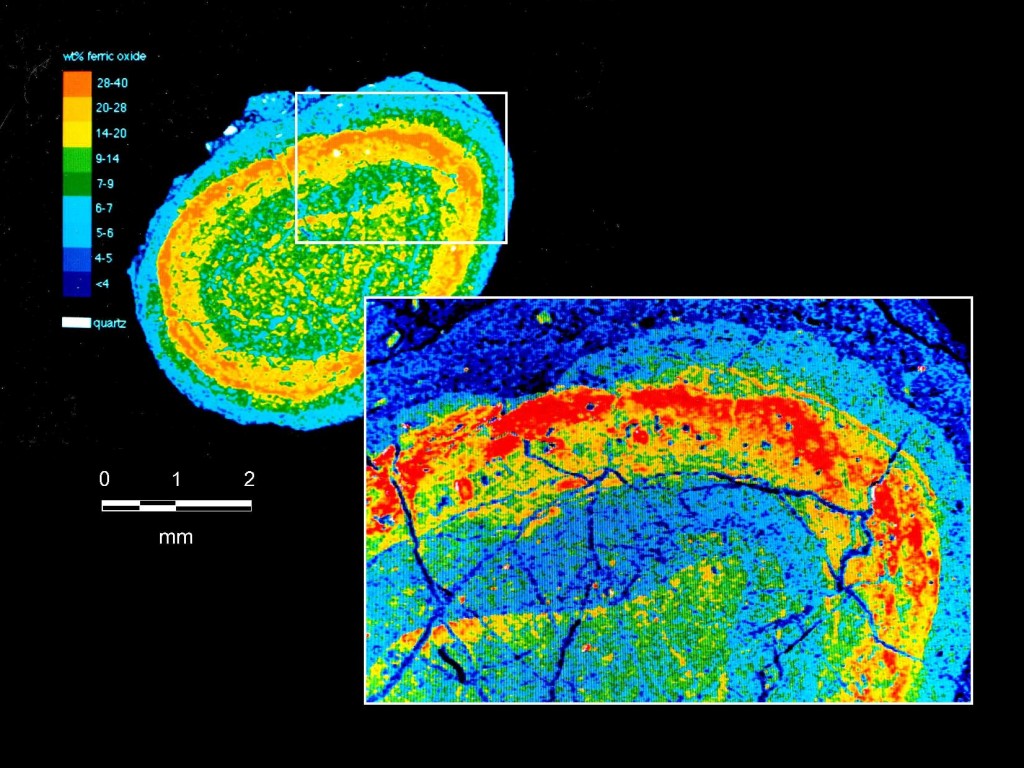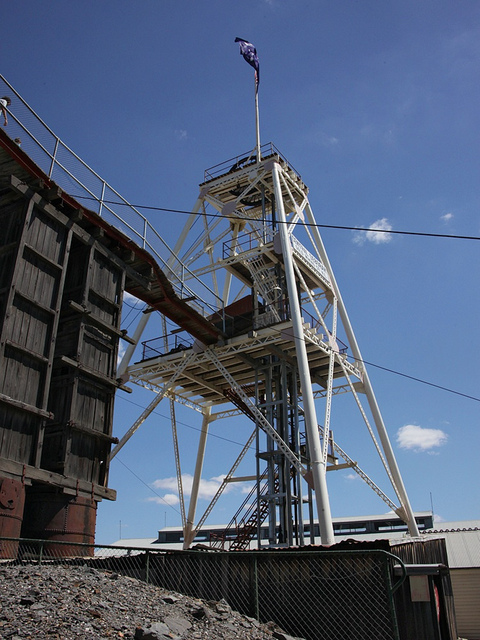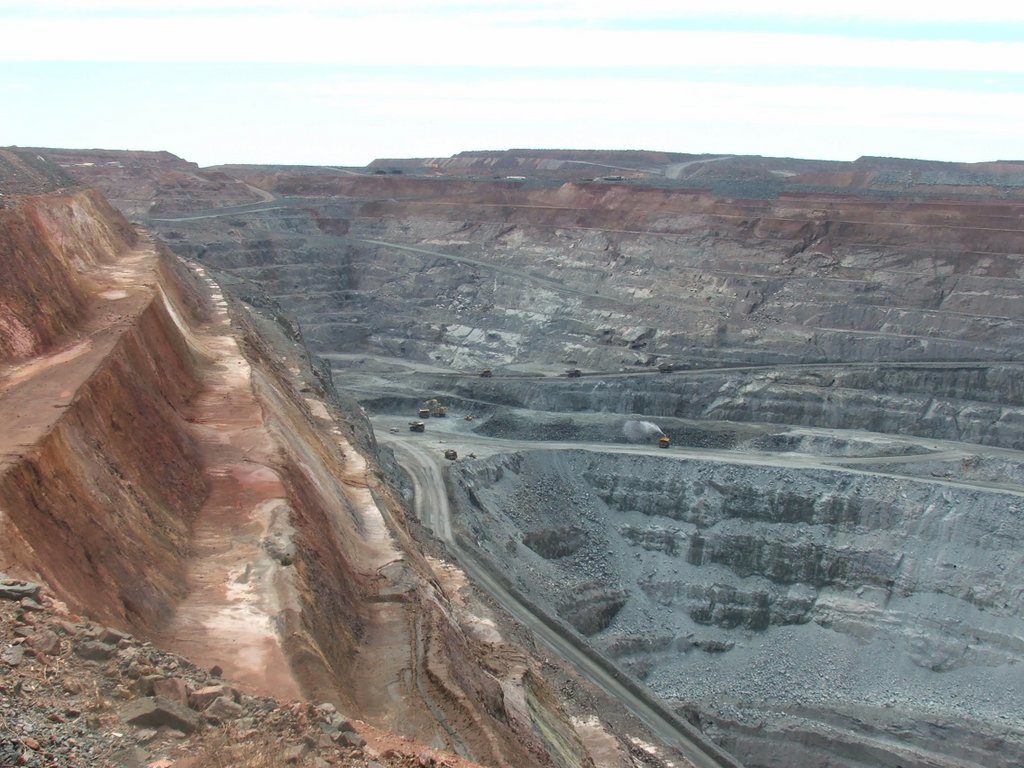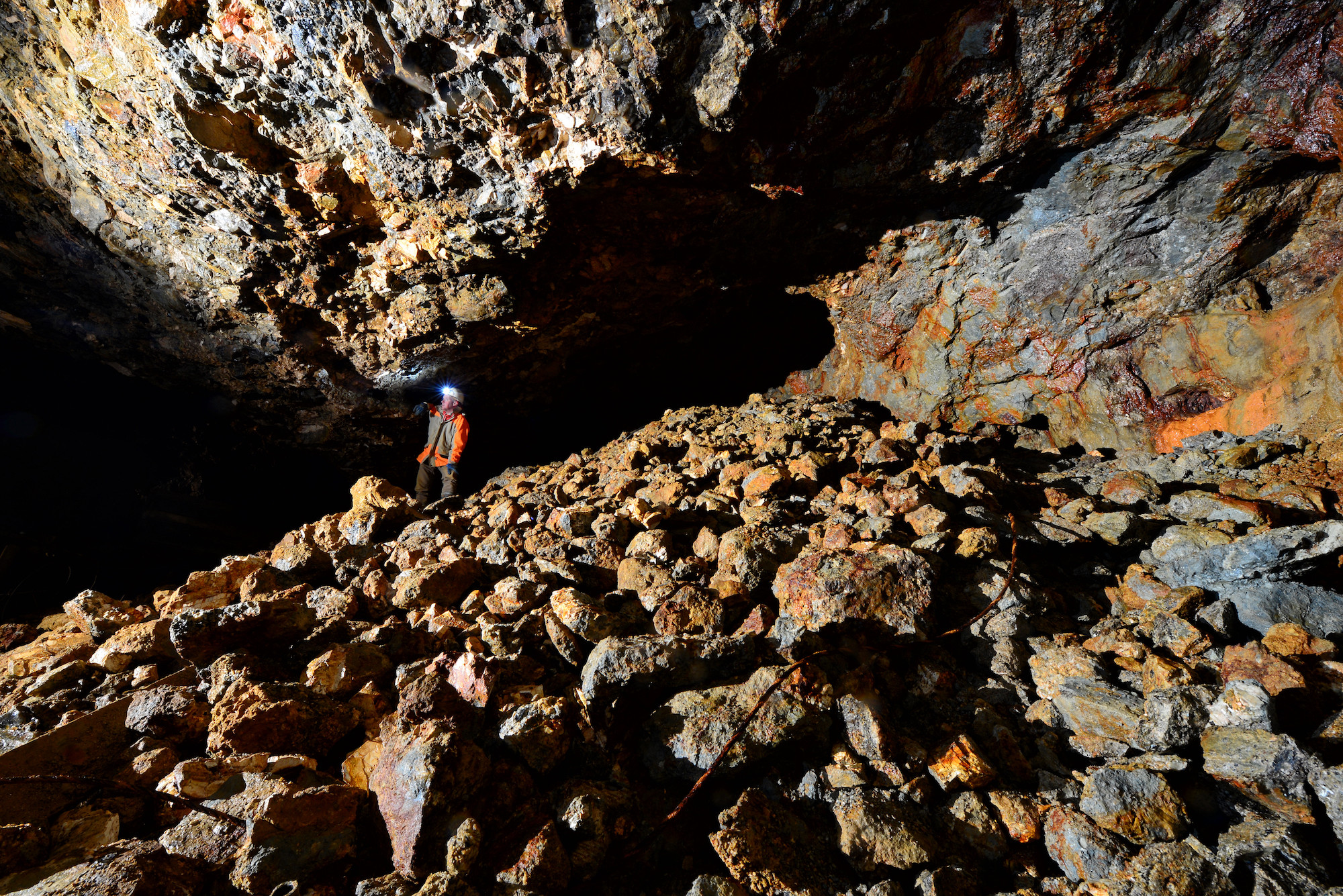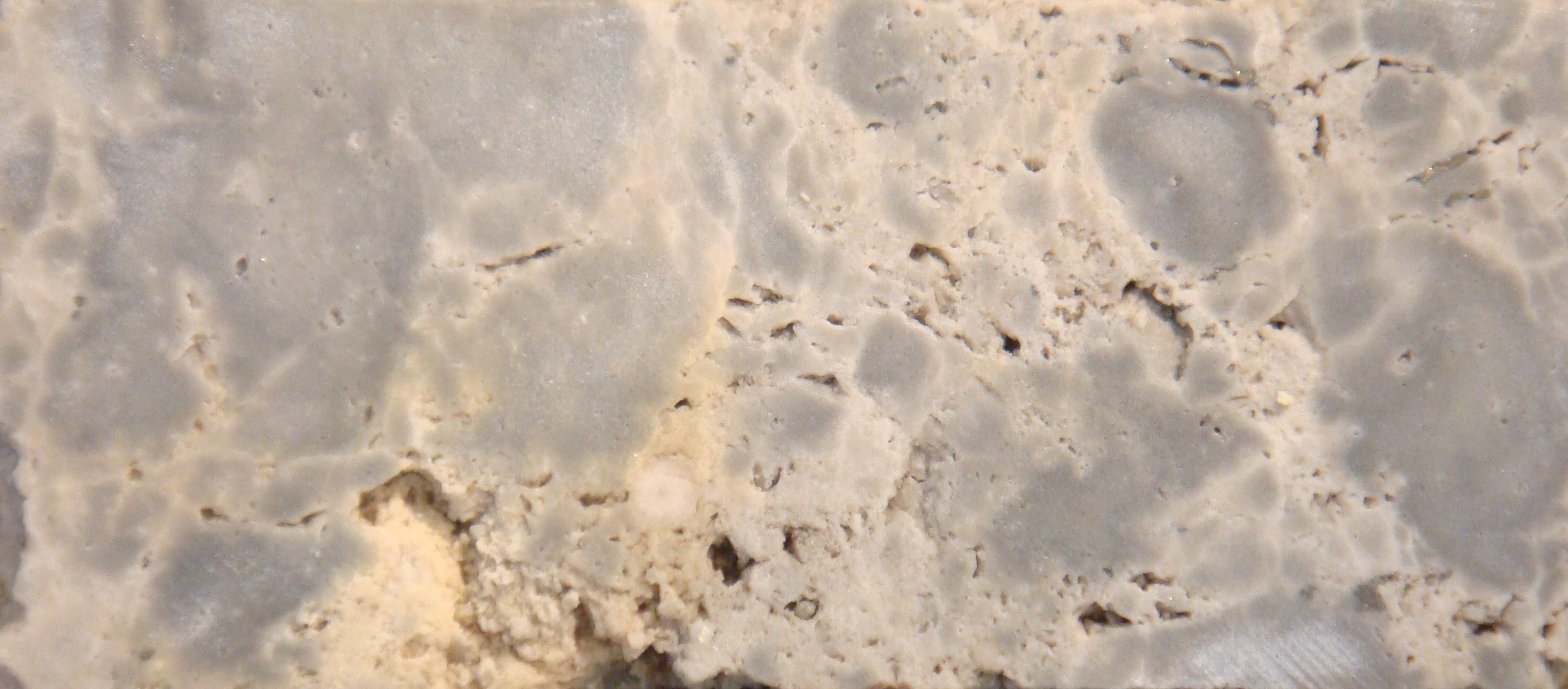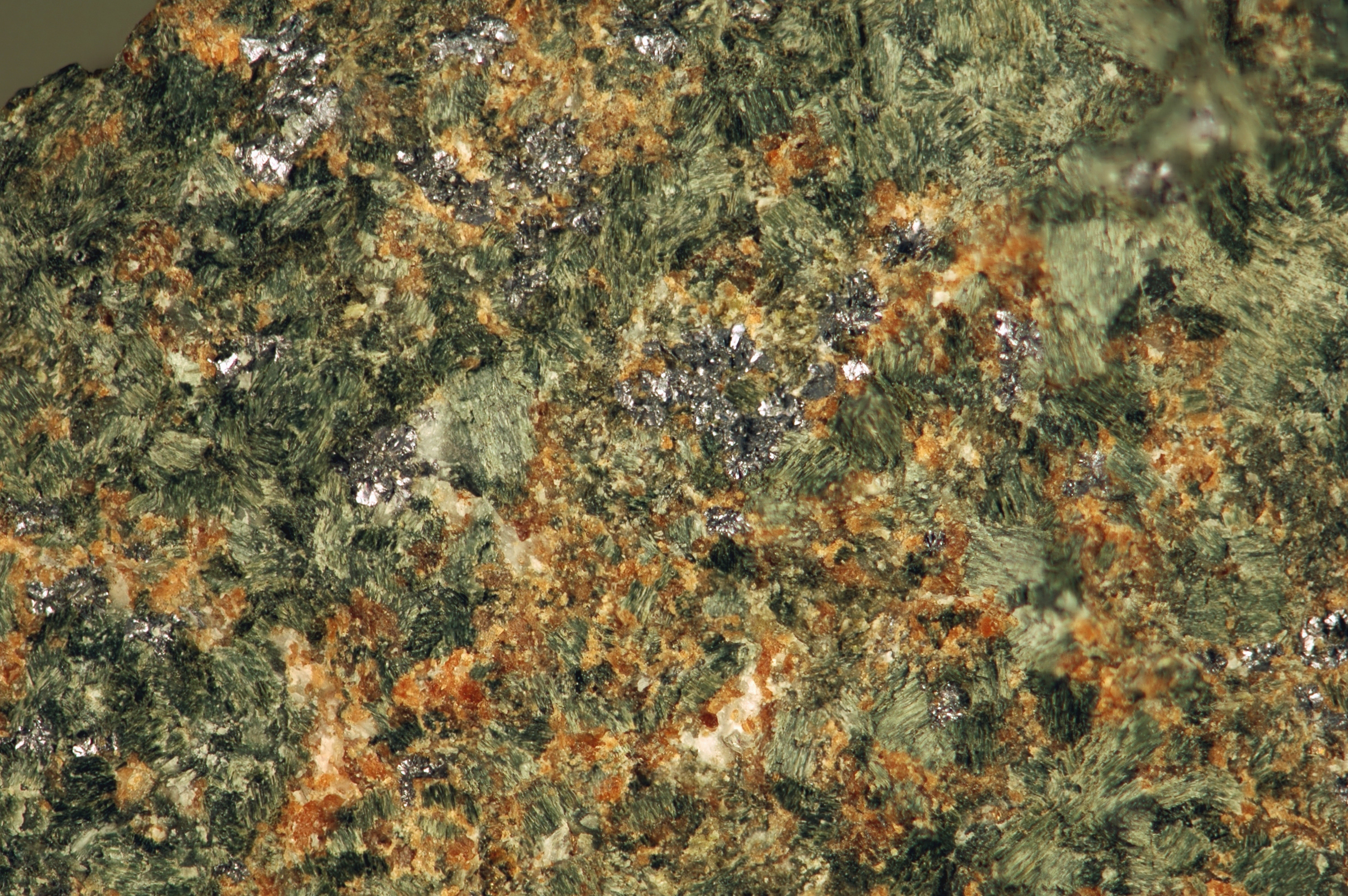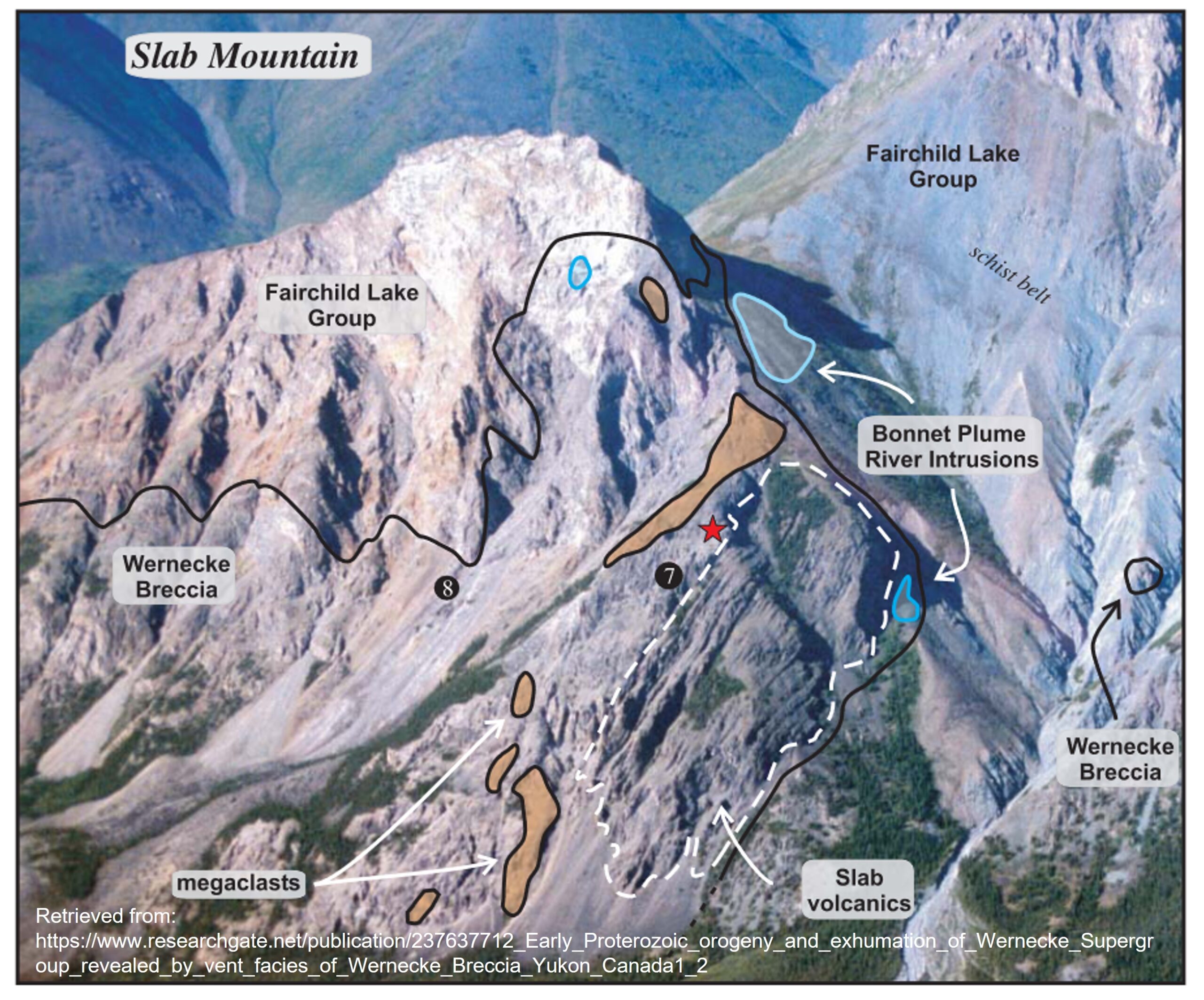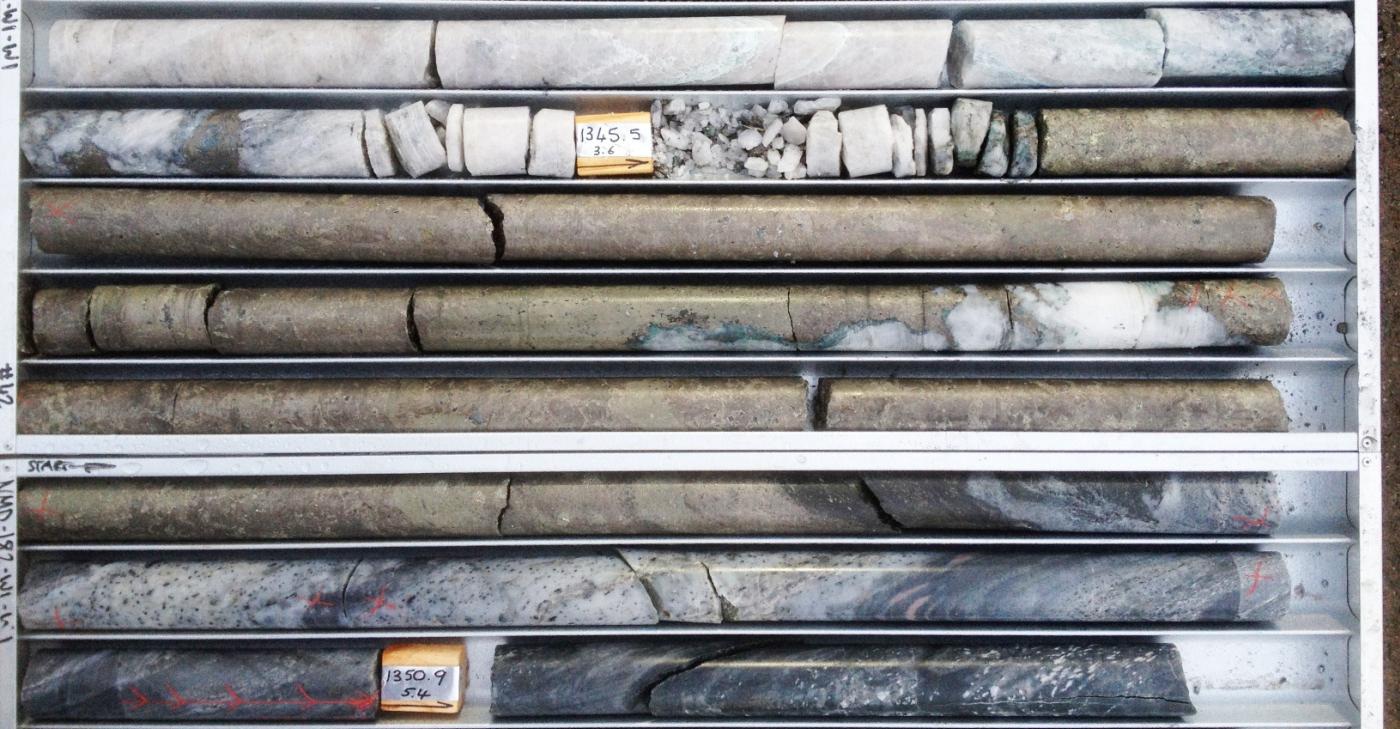Introduction
There is something visceral about seeing a shoot of pure gold in drill core. It speaks to a deep a level human desire known as gold fever. These sections of core find pride of place on the cover of presentations, the velvet core box at the show, and even sometimes in the lock box under the watchful eye of a baleful geologist. A recent member to this elite club is Balmoral Resources and their Martinière Project.
The project is located the Quebec side of the world-class Abitibi Greenstone Belt and consists of 112 contiguous mineral claims covering more than 61 square kilometers. The Abitibi has a long history of mining and is the richest gold-bearing area in the Canada, with some 200 million ounces of gold produced over the years.
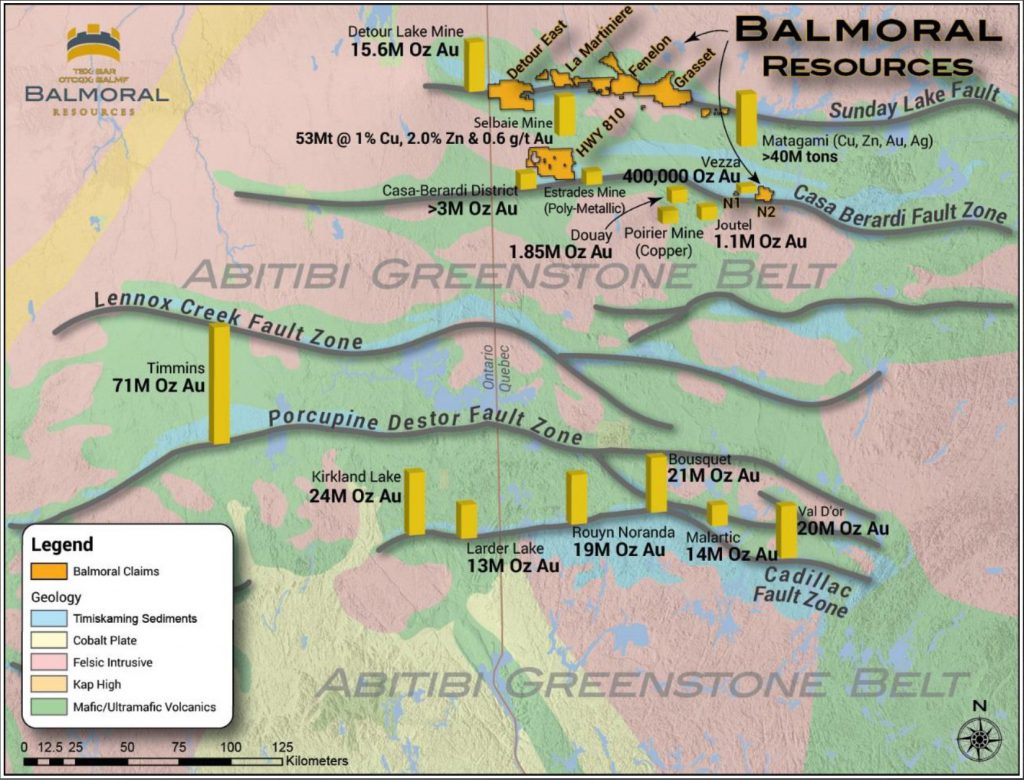
Abitibi Greenstone Belt
The keys to understanding the Abitibi are the age and the breaks. The Abitibi dates to the Late Archean between 2800 and 2600 million years ago and is a typical greenstone belt, composed of volcanics, sediments and intrusive rocks. This is also the time when ocean chemistry was changing and gold was going from relatively common to rare in seawater (Horscroft et al. fig 3). Huge amounts of background gold was deposited in sediments and encased in volcanic rocks at this time. The other critical element are the breaks. These large, east-west crustal scales faults, focused vast amounts of hydrothermal activity which remobilized the low grade material in rocks and sediments and left it in considerable concentrations for later visitors to the area.
Martinière Project Geology
Balmoral’s Martinière Project sits on one of these breaks, known as the Sunday lake deformation zone, the same zone which Detour Lake Mine (16.4 Million oz Proven & Probable), is located. The project was explored relatively late starting in the 1990’s due to thick glacial overburden and for many years only produced tantalizing short, high grade gold intercepts. In 2007 the first intercept of 28.40 m grading 2.30 g/t gold hinted at bulk tonnage potential. Balmoral acquired the project in 2010 has been exploring it ever since. The company has been busy drilling some 72,000 meters and defining two gold trends: The Bug Lake Trend and the Martinière West Trend.
The Bug Lake Trend (Bug) is a NW-SE curving fault zone at a generally acute angle to the major east west faults in the region. The fault is intruded by a distinctive fine grained quartz porphyry unit which appears to have controlled the local hydrothermal system. The intrusion is associated with silica flooding, sericite alteration, quartz veining and intense brecciation. Pyrite (iron sulfide) is the only reported sulfide mineral. Gold is associated with the pyrite and occurs as free-gold in the high grade sections of quartz veins. Mineralization is centered on the quartz porphyry unit, and extends into favorable horizons. At Bug North, there are sub-parallel footwall zones and some of these have the highest grades on the project including a cool 9,710 g/t gold over 0.57 metres. 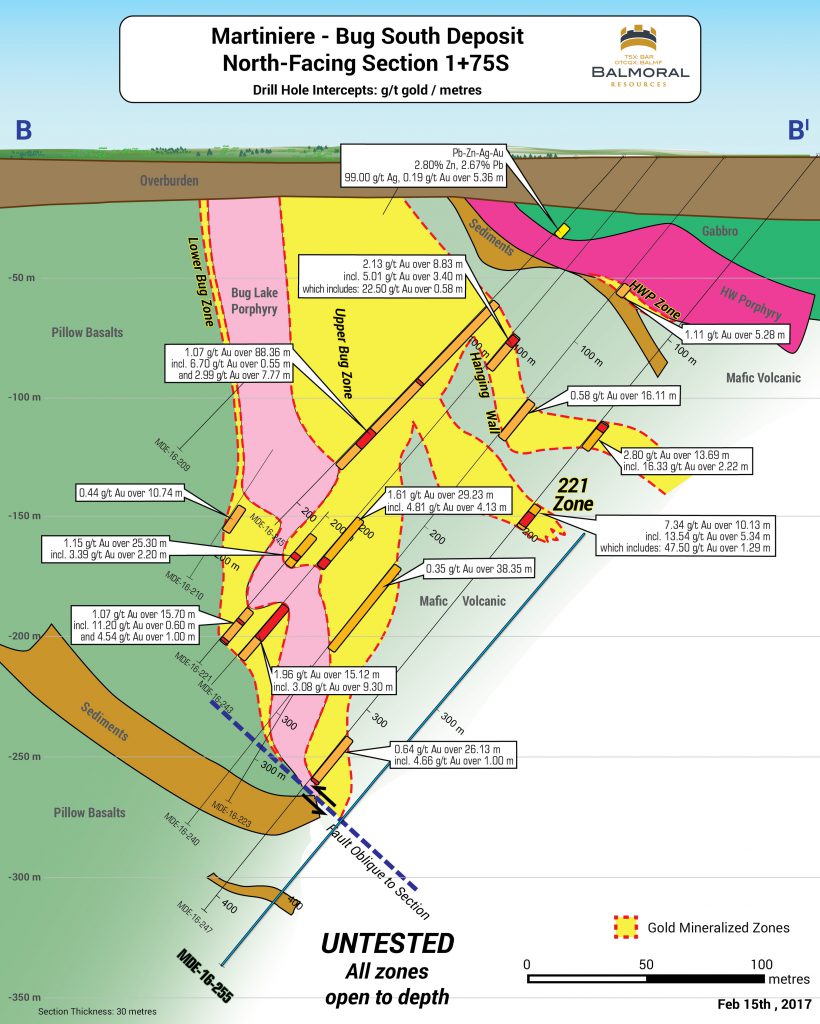
The Martinière West Trend is another fault zone trending NE-SW has seen less exploration than Bug. Unlike the Bug it has no central intrusion to drive the mineralization and unlike Bug the mineralization is associated with various sulfide minerals besides pyrite including arsenopyrite and minor base metal sulfides. There are similarities to Bug in the silica flooding and sericite alteration, but the differences in sulphide mineralization suggest a related or similar event rather than the same process.
Drilling has also identified VMS-style base-metal mineralization on the property, but it has not been a priority for exploration activities thus far.
Discussion
All other factors aside, this project has a few things going for it: Location, location and location. As discussed, the Abitibi Greenstone Belt is a home to many economic mineral deposits and host to many mines past and present. The Canadian province of Quebec is about as friendly a jurisdiction to mining as any these days and friendlier than most other parts of Canada.
As for the project itself, 72,000 meters may sound like a lot of drilling, but when it comes to defining an economic mineral deposit, much more may be required. At Pretium’s Valley of the Kings Zone, for example, more than 215,000 meters of drilling were used to just make up the Mineral Resource estimate.
Balmoral continues to publish results from its winter drilling and has 25,000 meters of drilling planned for this year. They appear to have the funds to support their 2017 exploration program and at year-end had about $10 million at their disposal. It’s hard to say what will become of it all, especially since smaller explorers tend to get dragged along with market sentiment, but Balmoral appears to be following proven exploration methods with a fine property in a fine neighbourhood.
Further Reading
The World-Class Abitibi Greenstone Belt of Canada
Old Gold: An Introduction to Archean Greenstone Belts
Horscroft et al. “Witwatersrand Metallogenesis: The Case For (Modified) Syngenesis” (PDF Referenced above)
2017 Technical (N.I. 43-101) Report on the Martinière Property (Jan 5, 2017) (PDF)
Subscribe for Email Updates

